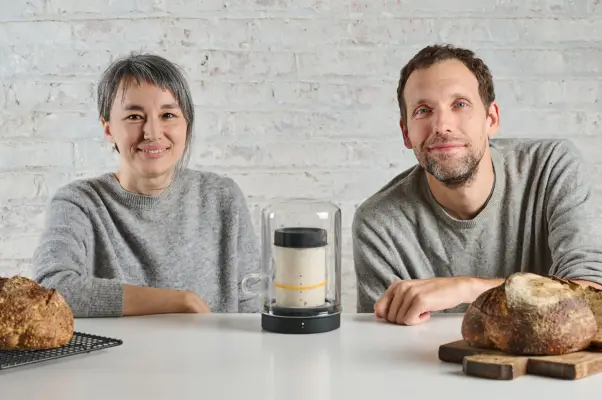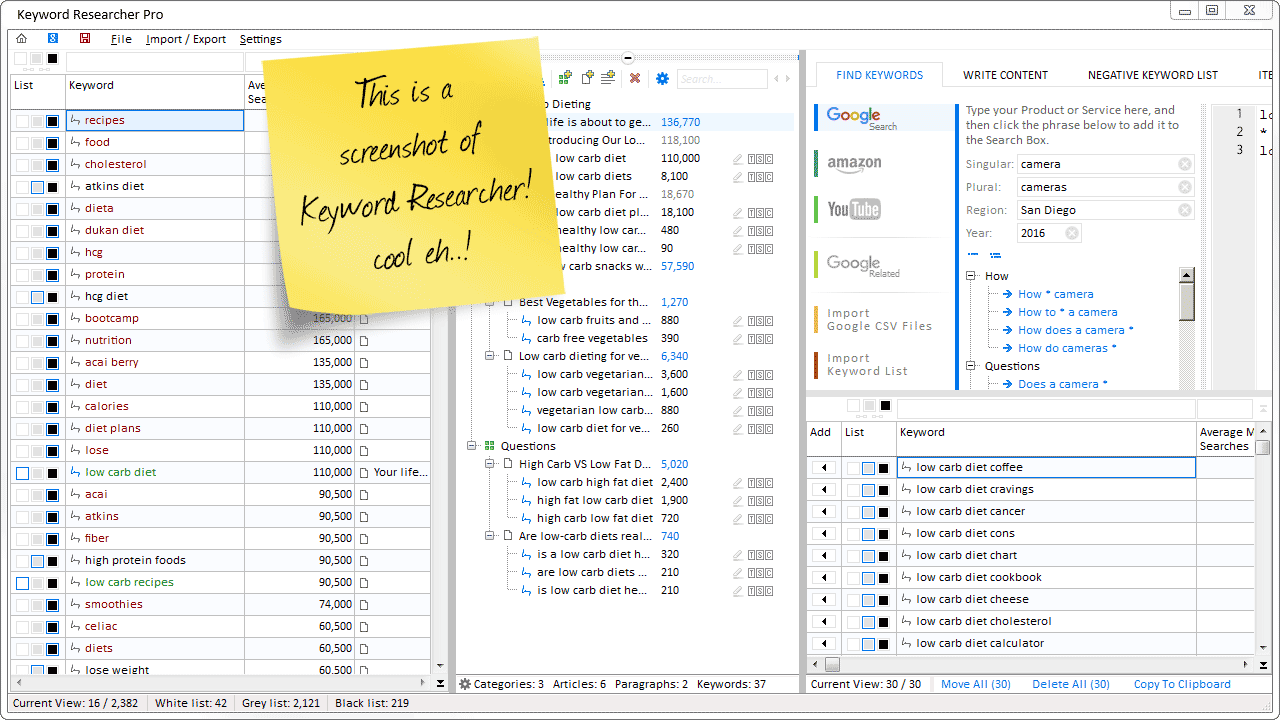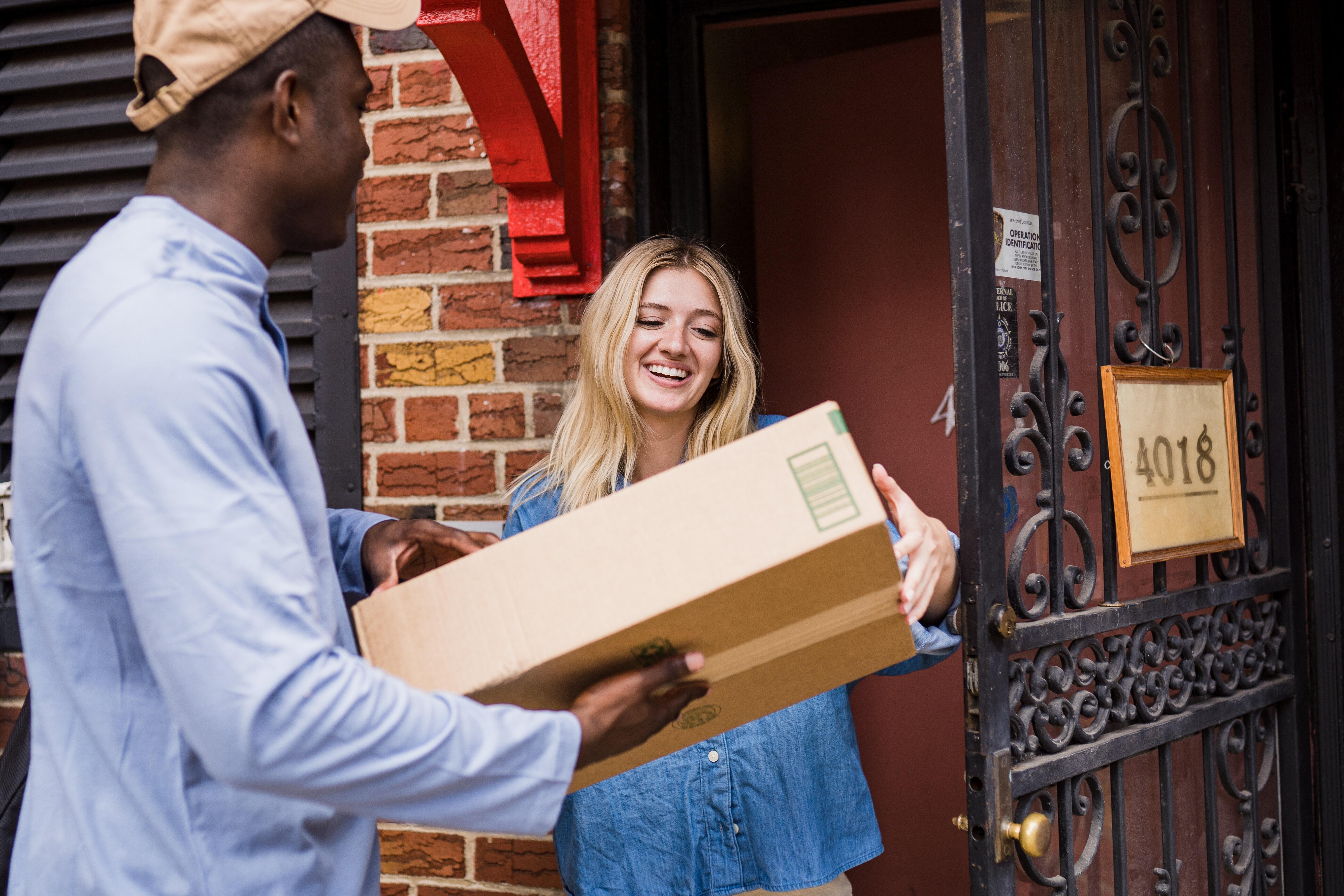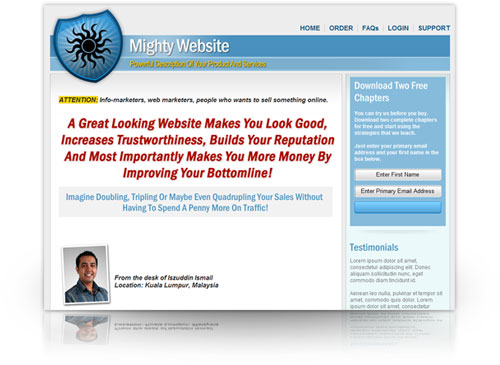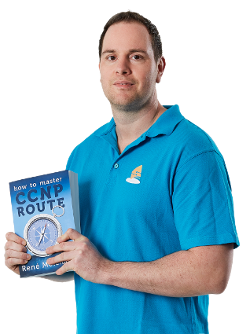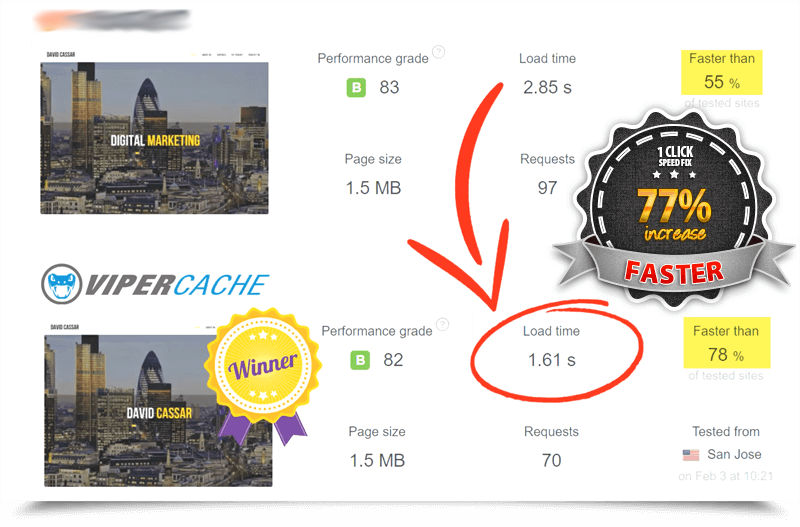I have been baking sourdough bread for a bunch of years and when the pandemic hit, I was one of those people who was getting calls for sourdough baking advice.
I remembered the challenges of learning to bake and creating my first starter, and that turned into a new product idea — a warming device to keep sourdough starter consistently at the right temperature.
While my co-founder Jenny Olson and I worked on product development over the course of two years, we didn’t want to lose the momentum of this trend, so we looked for ways to engage customers before we even had a prototype, let alone a product to sell.
Thanks to these efforts, we had about 1,000 Instagram followers and another 1,000 newsletter subscribers when we were ready to launch our Kickstarter in 2022.
With their help, we were able to raise $103,948 from over 1,000 backers to bring the product to life. We’ve since grown to over 50,000 followers across our social channels and email subscribers in the six figures, and we’ve been able to launch several more products thanks to the support of our community.
While it can be tempting to stay in stealth mode while you’re bringing an idea to life, building a following before we had a product benefitted us. It allowed us to build relationships and trust for the brand without feeling the pressure to sell. Plus, it gave us a community of supporters to lift us up through the challenges of bringing a new product to market.
Here are some of the specific tactics we used to market before our official launch and how we’ve continued to implement them to grow since.
We engaged advocates and influencers in the design process
Like many thoughtful business owners, we did plenty of user research throughout our product development process. However, instead of doing this behind closed doors, we used it as an opportunity to develop a core group of advocates.
First, we reached out to home bakers and bread influencers we found by searching Instagram to let them know we had an idea we were working on and ask if they’d be willing to chat for 20 minutes — conversations that allowed us to build credibility.
When we connected with folks who seemed particularly interested and excited about being involved, we invited them to give more feedback along the way.
When we reached the point of having product samples, we sent them out to this cohort, both to get real-world feedback but also to invite them to share with their communities. As the Kickstarter launch got closer, we set up an official affiliate program using Kickbooster.
Not everyone who participates in your research phase will also want to help you promote the product, but these relationships can all be valuable to early growth.
Some people were interested in taking part in the development process and gave us critical feedback. Others wanted to monetize the relationship and converted about 13 percent of our Kickstarter backers.
Some were just happy to get free samples to share with their followers — and they ended up helping us develop winning content styles like the popular time-lapse videos of a starter rising in our product.
Related Posts
Recommended Story For You :
computers-internetOrganize Keywords and Import CSV Files from the Google Keyword Planner
computers-internetThe Most Affordable And Easiest User Friendly Page Builder You Will Ever Use!
computers-internetInstant WordPress Theme That Matches Your Website
computers-internetWizard to Manage Remote Backend MS Access Database Tables Fields and Indexes
computers-internetIf you had an aisle-by-aisle grocery list wouldn't you spend less money on impulse items?
computers-interneteverything you need to create a professional corporate look mini-site is there.
computers-internetUnlock Your Networking Potential with GNS3Vault
computers-internetViper Cache Was 77% Faster Than The Competetion
computers-internetUnderstanding Stock Market Shorting eBook

